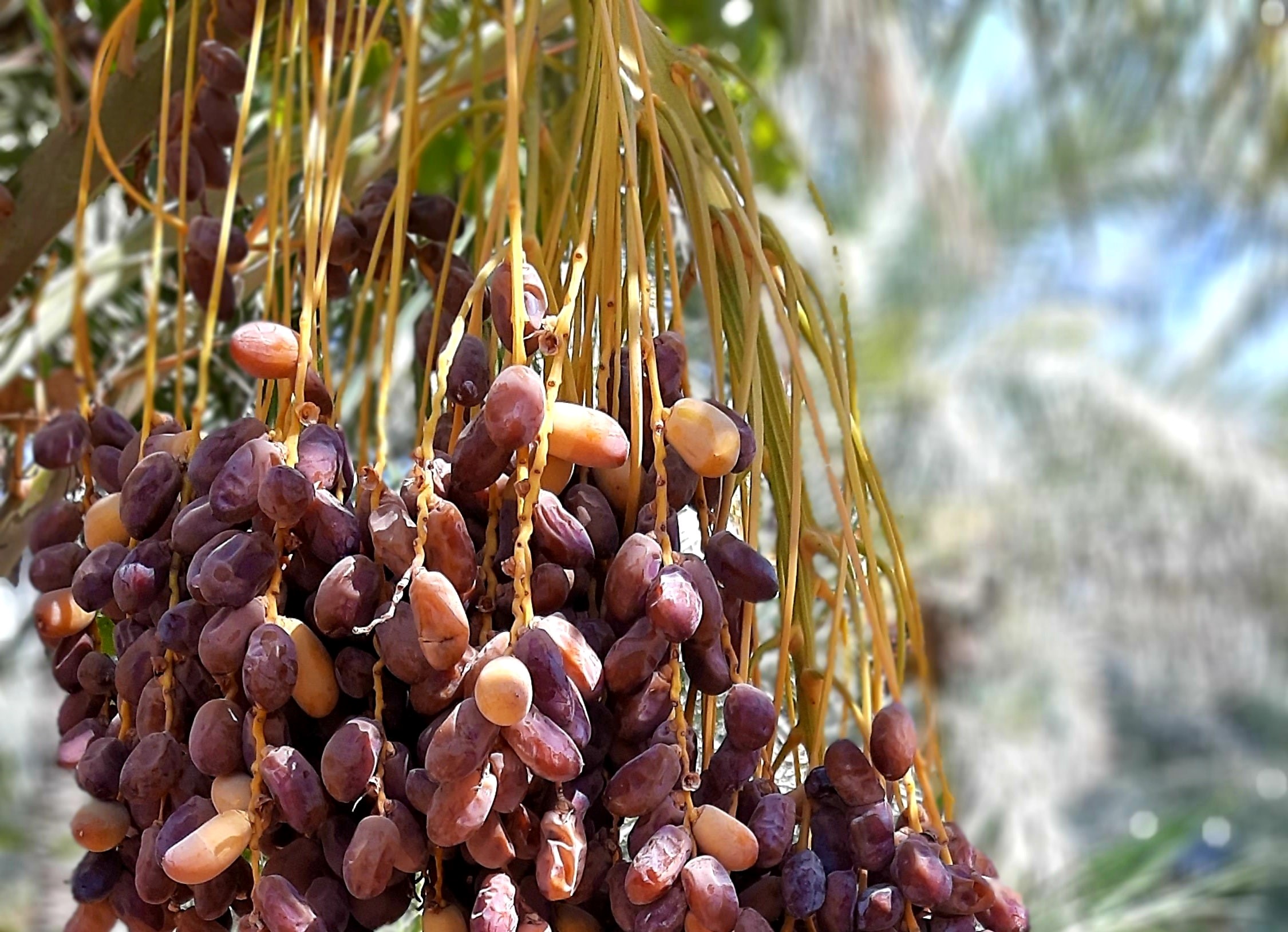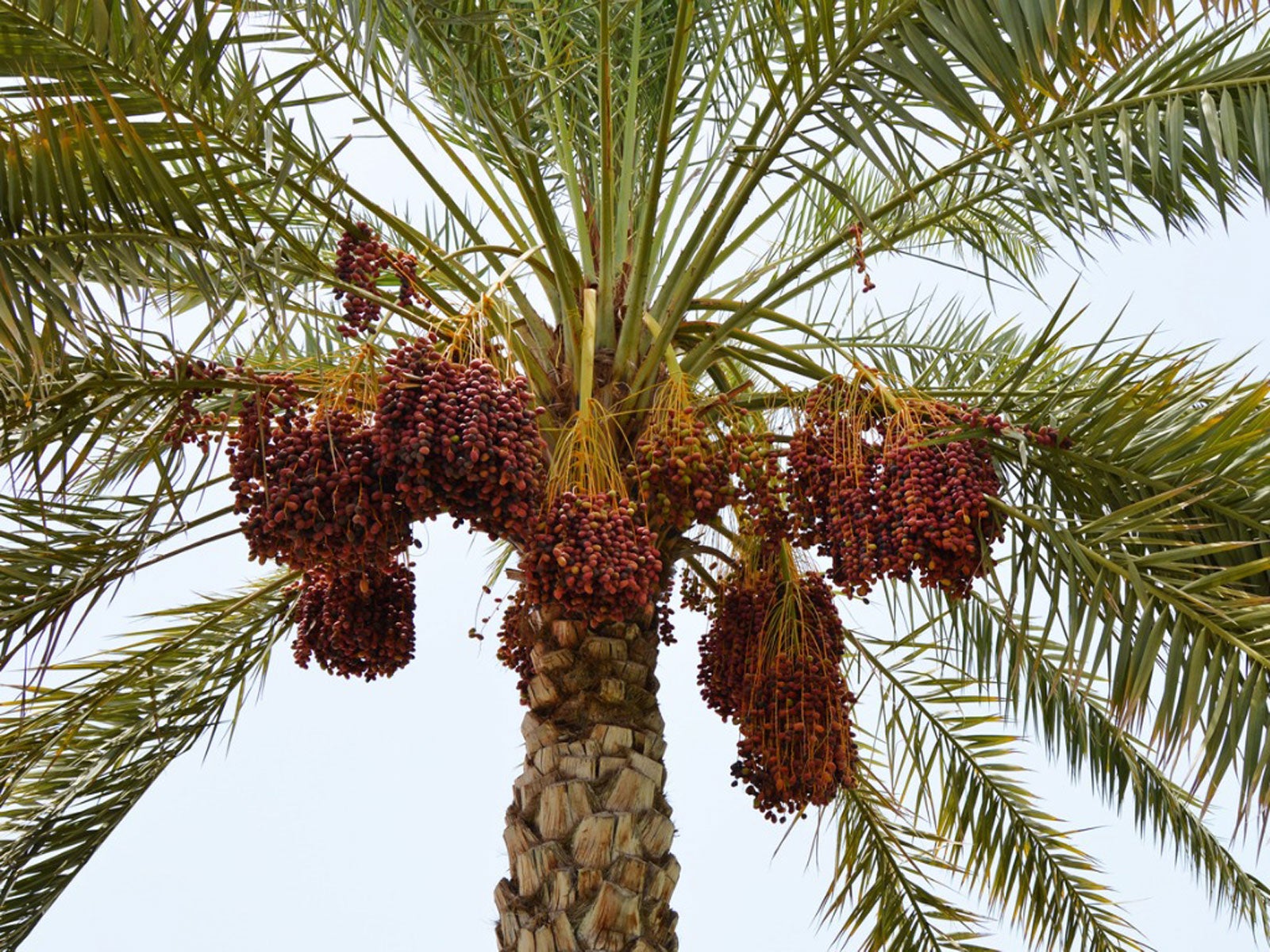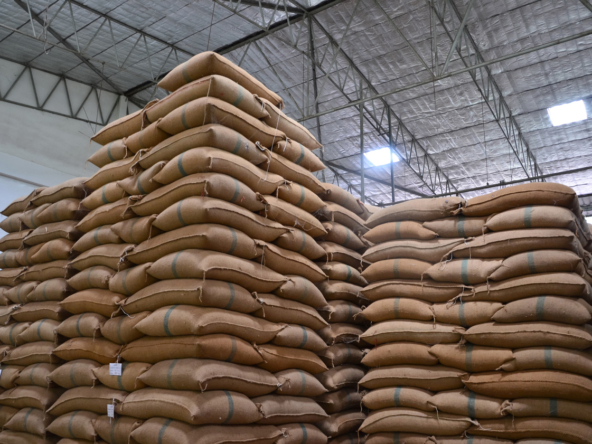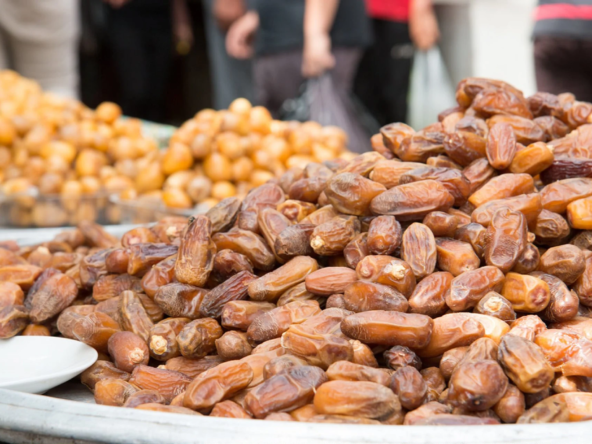Date palms (Phoenix dactylifera) are a remarkable species of tree that thrive in the extreme heat and arid conditions of desert climates. These resilient trees have been a vital source of food and income for desert communities for centuries, thanks to their ability to endure the harsh environments where many other plants struggle to survive. But how do date palms manage to adapt to such unforgiving climates? This article delves into the remarkable adaptations that make date palms perfectly suited to life in the desert.
1. Deep Root System
One of the most significant adaptations of date palms is their deep and extensive root system. In deserts, water is scarce, and the ground can become parched and hard. Date palms have developed roots that can reach depths of up to 30 meters (100 feet) to access groundwater reserves, far below the surface. This deep rooting system ensures that even during periods of drought, date palms can continue to absorb moisture that is otherwise unavailable to many other plants.
Additionally, the roots spread out horizontally to create a large network, which helps the tree absorb moisture from a broader area. This deep and widespread root structure makes date palms highly resilient to water shortages, a common challenge in desert environments.
2. Efficient Water Conservation
In desert climates, water is a precious resource, and date palms are highly efficient at conserving it. Their leaves are equipped with waxy coatings that reduce water loss through evaporation. These coatings act as a barrier, preventing moisture from escaping the plant while still allowing the tree to exchange gases necessary for photosynthesis. Furthermore, the date palm’s leaves are long and narrow, which reduces the surface area exposed to the sun and decreases water loss.
Moreover, date palms have a unique stomatal mechanism. The stomata, or pores on the leaves, are capable of closing during the hottest parts of the day when water loss would be greatest. By regulating the opening and closing of these stomata, date palms minimize water evaporation while still being able to carry out photosynthesis.
3. Heat Tolerance
Desert climates can see temperatures soar to extreme highs, sometimes exceeding 50°C (122°F), which can be unbearable for most plants. However, date palms are adapted to survive such intense heat. The thick, fibrous nature of their leaves and trunks provides a natural insulation against excessive heat. Their tall, slender shape also helps reduce the amount of heat that accumulates around the trunk.
Additionally, the leaves of date palms have a natural tendency to droop downward, which further minimizes their exposure to the harsh sun. This helps the plant conserve moisture and protect itself from overheating. The ability to endure intense heat is a crucial adaptation, allowing date palms to thrive in the desert’s extreme conditions.

4. Salt Tolerance
Desert soils often contain high levels of salts, which can be detrimental to most plants. However, date palms have evolved to tolerate saline conditions. They possess specialized mechanisms in their roots and leaves that allow them to filter out excess salt from the soil and prevent it from accumulating in their tissues. This ability to survive in saline environments is another key reason why date palms are so well-suited to desert life.
In fact, date palms are often planted in coastal or brackish regions where other crops might fail due to high salt content in the soil and water. Their tolerance to salt allows them to flourish in these environments and contribute to local agriculture in areas with otherwise harsh growing conditions.
5. Protective Bark and Fibrous Trunk
The trunk of a date palm is covered in a tough, fibrous bark that provides protection against the elements. The bark helps to minimize water loss and shields the tree from the scorching desert sun. It also serves as a natural defense against pests and diseases. As the tree matures, the trunk becomes thicker and more robust, providing structural support that allows it to withstand high winds, another common feature of desert climates.
The fibrous nature of the trunk also allows the palm to bend in response to strong winds, reducing the risk of breakage. This flexibility ensures that the date palm remains standing and continues to grow even during desert storms.
6. Pollination and Reproduction Strategies
Date palms rely on pollination to produce their sweet fruit, and they have adapted to the arid desert environment by developing a highly efficient reproduction system. While many plants rely on insects for pollination, date palms are typically pollinated by the wind. Their flowers are arranged in clusters at the top of the tree, where they can catch the wind and disperse pollen over a wide area.
The male and female flowers are separate, and while the male flowers produce abundant pollen, the female flowers are designed to catch this pollen effectively. This wind-pollination system is particularly beneficial in desert environments, where the lack of insect populations would make traditional pollination methods ineffective.
Once pollinated, the date palms produce their iconic clusters of dates, which are highly nutritious and rich in sugars. The fruit’s ability to store water and nutrients makes it an ideal food source for both the palm and the desert-dwelling communities that rely on it.
7. Long Lifespan and Slow Growth
Date palms have a long lifespan, often living for decades or even centuries in desert climates. This longevity is a survival advantage in harsh environments, where conditions can be unpredictable and food sources limited. Date palms also have a slow growth rate, which means that they do not expend unnecessary energy during their early years, allowing them to survive and adapt before they start producing fruit.
This slow growth also helps the tree conserve its resources, ensuring that it can endure the intense heat and long periods of drought that are common in desert regions. Once fully matured, date palms can reach impressive heights of up to 30 meters (98 feet), with a canopy wide enough to provide some shade in the otherwise harsh desert landscape.
Conclusion
The date palm is a testament to the power of nature’s adaptability. Its deep roots, efficient water management, heat tolerance, and ability to survive in saline conditions make it one of the most successful plants in desert climates. For centuries, date palms have provided a crucial food source for desert populations, while their impressive adaptations allow them to endure the harsh conditions that would devastate most other plants.
As climate change threatens to alter the desert landscape, the date palm’s resilience may serve as an inspiration for sustainable agriculture in arid regions worldwide. With their remarkable ability to adapt, date palms will likely continue to be a symbol of life in the desert for generations to come.
Ajigofarms is a reliable global agricultural purchase sourcing with profound expertise in the manufacturing, and exportation of food crops. We are tested, and trusted suppliers of all kinds of cash crops and food crops. Our constant supply chain solution makes exporting easy, quick, and safe, we are identified with timeliness and meeting up with deadlines. Regardless of the region you are located in worldwide, you can reliably order your Agric products and be rest assured of successful delivery.




